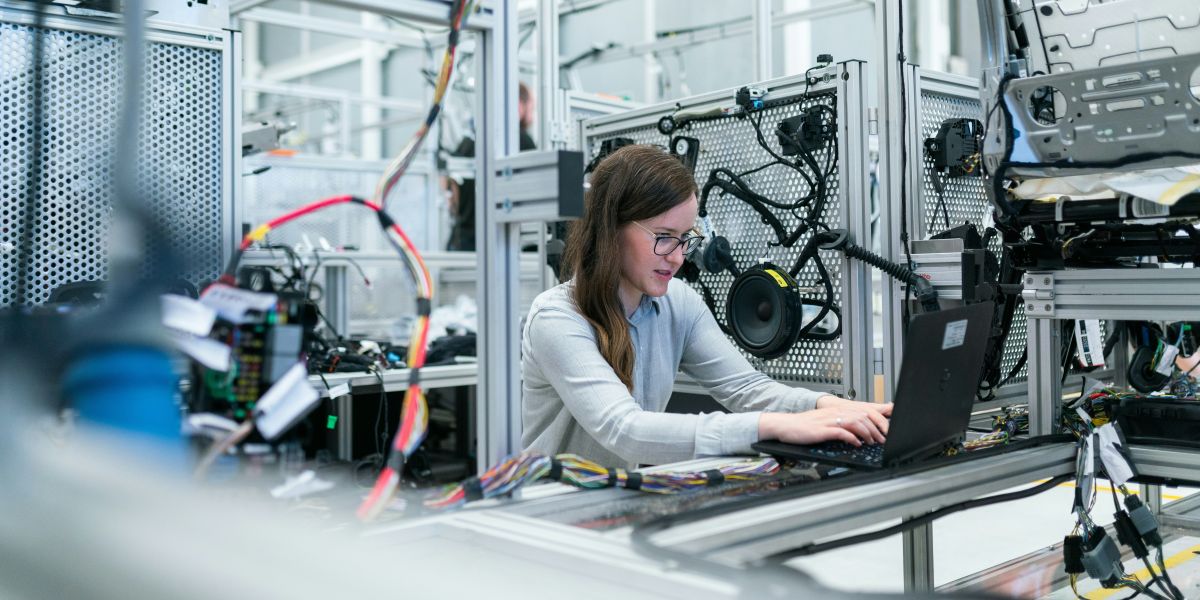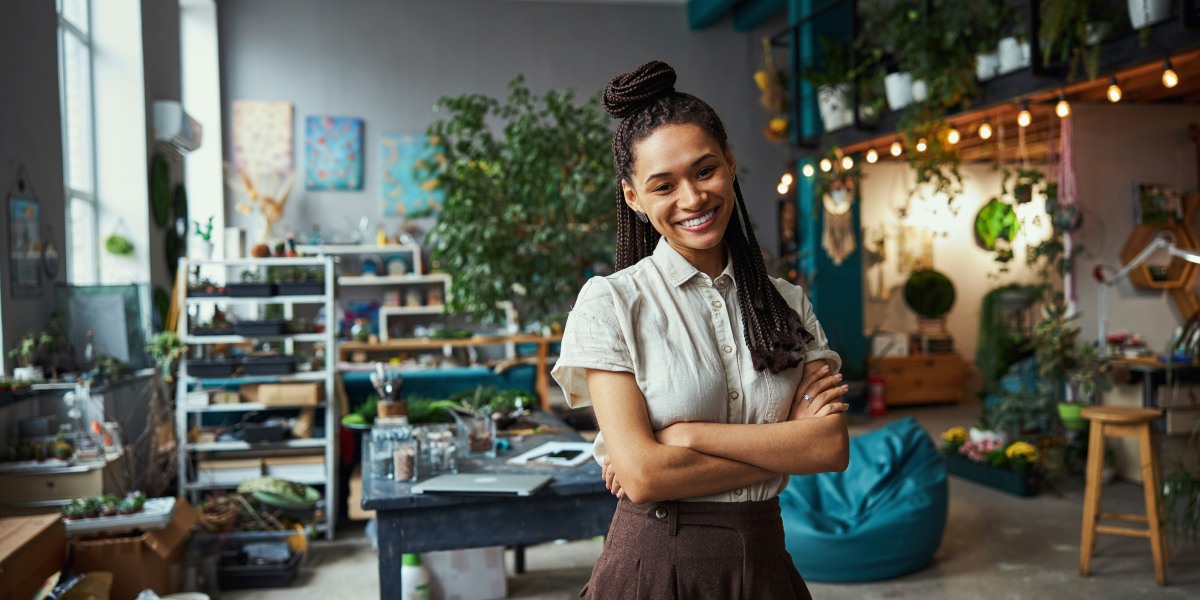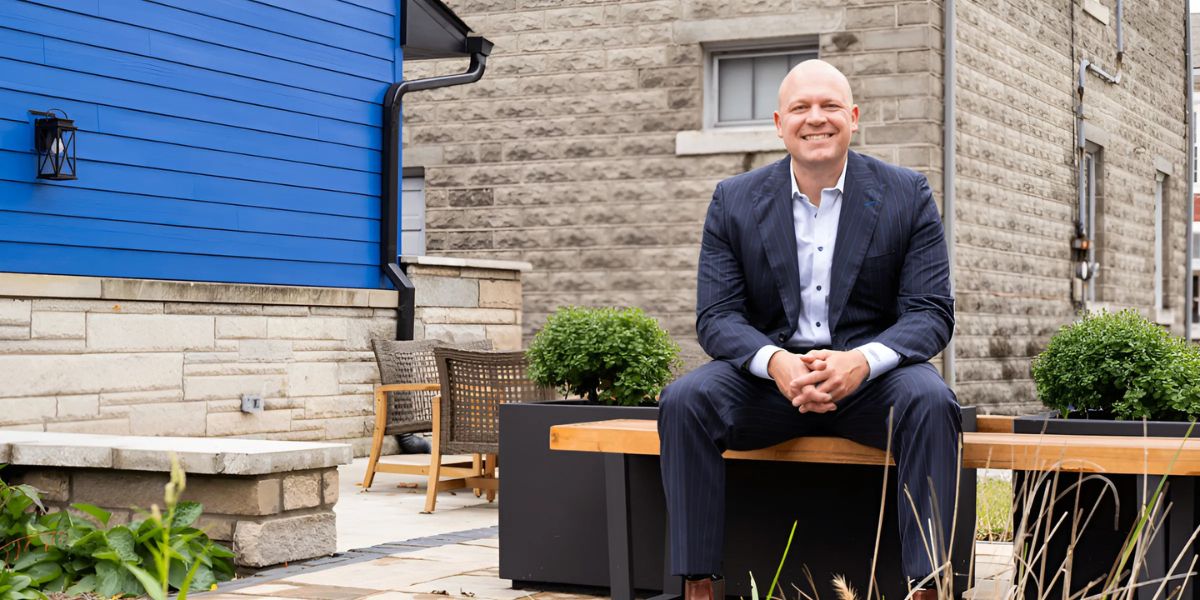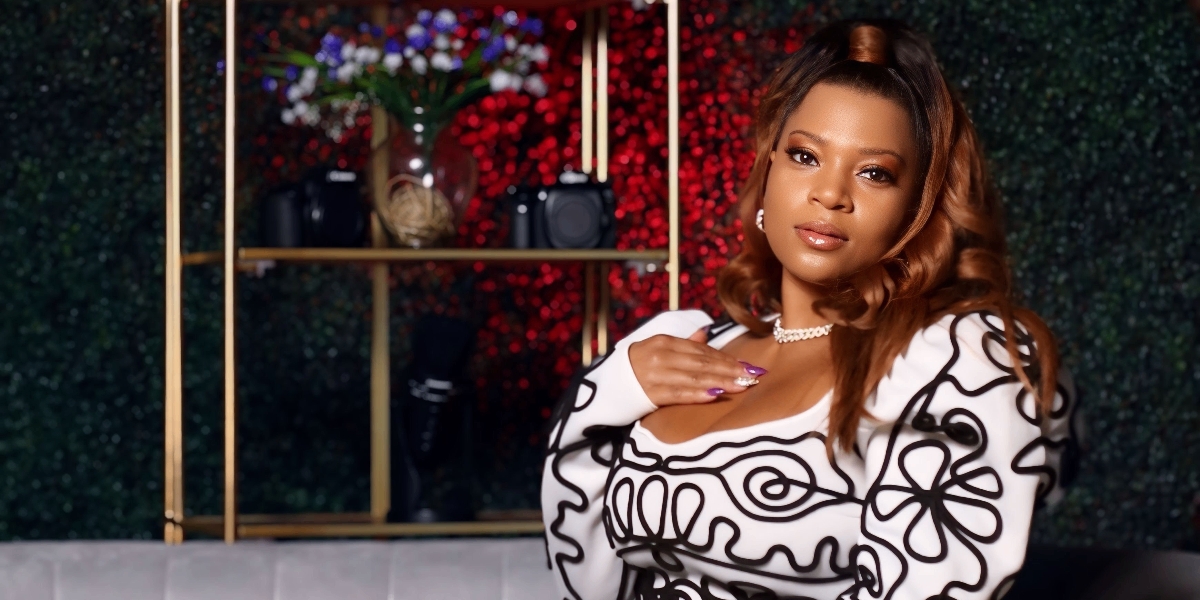Live music performances have expanded beyond sound to include visual, spatial, and interactive elements. These additions aim to create immersive experiences—settings where audiences feel surrounded, engaged, and emotionally connected to the performance. Immersion in this context refers to the integration of multiple sensory inputs that work together to deepen the impact of a live set. Artists and production teams use technology and design to shape these experiences, often tailoring them to the venue, audience, and artistic intent.
Spatial Audio and Sound Placement
Spatial audio refers to sound that is positioned and moved within a three-dimensional space. Unlike traditional stereo setups, spatial audio systems allow sound to travel around, above, or behind the listener. This technique creates a sense of depth and realism, making the audience feel as though they are inside the music rather than simply listening to it.
Technologies such as Dolby Atmos and Ambisonics are commonly used in immersive audio setups. These systems rely on multiple speakers placed throughout a venue to distribute sound dynamically. According to Dolby Laboratories, spatial audio enhances emotional engagement and can increase perceived sound quality even at lower volumes (Dolby, 2023).
Artists may use spatial audio to isolate instruments, pan vocals across the room, or simulate environmental effects. For example, a performer might trigger a rain sound that moves from the back of the venue to the front, creating a sense of motion and atmosphere. These techniques are often programmed in software such as Ableton Live or Logic Pro, which support multichannel output and automation.
Visual Design and Real-Time Integration
Visuals play a central role in immersive live sets. Lighting, projection mapping, and LED installations are used to complement the music and guide audience attention. These elements are often synchronized with audio cues, creating a unified sensory experience.
Projection mapping allows visuals to be cast onto irregular surfaces, such as stage props or architectural features. This technique transforms static objects into dynamic canvases. According to a report by AVIXA, synchronized visuals can increase audience retention and emotional response during live events (AVIXA, 2022).
Lighting design also contributes to immersion. Programmable fixtures can change color, intensity, and direction in response to musical changes. For example, a bass drop might trigger a strobe effect, while a melodic passage could be paired with soft, ambient lighting. These cues are often controlled through DMX protocols and software such as Resolume or TouchDesigner.
Some artists incorporate generative visuals—graphics that respond in real time to audio input. These systems analyze frequency, amplitude, or rhythm and translate them into visual patterns. This technique creates a direct link between sound and sight, reinforcing the immersive quality of the performance.
Interactive Elements and Audience Engagement
Interactivity adds another layer to immersive sets. Artists may use motion sensors, wearable devices, or mobile apps to allow audience members to influence the performance. These tools create a feedback loop where the crowd becomes part of the creative process.
For example, a performer might use infrared cameras to track audience movement and adjust visuals accordingly. In other cases, attendees may be invited to vote on song choices or trigger sound effects through their phones. These interactions are often facilitated by platforms such as OSC (Open Sound Control) or custom-built interfaces.
Research from the Journal of Live Events Technology suggests that interactive elements increase audience satisfaction and perceived connection to the artist (JLET, 2023). While not all performances include interactivity, its presence can transform passive observation into active participation.
Venue Type and Format Considerations
Immersive sets are shaped by the venue in which they occur. Festivals, clubs, and virtual platforms each offer different opportunities and constraints for immersive design.
Festivals often provide large outdoor or tented spaces with flexible staging. These environments support expansive visual setups and multichannel audio systems. Artists performing at festivals may use large LED walls, surround sound rigs, and pyrotechnics to create high-impact experiences. The scale of these events allows for ambitious technical execution, though setup and teardown times are limited.
Clubs offer more intimate settings, which can enhance immersion through proximity and focus. In these venues, artists may rely on tightly controlled lighting, spatial audio, and audience interaction. The smaller scale allows for precise calibration of sound and visuals, creating a concentrated sensory experience. Clubs also support hybrid DJ sets, where performers blend live instruments with digital playback.
Virtual platforms present a different kind of immersion. Performances in virtual reality (VR) or augmented reality (AR) environments allow for complete control over spatial and visual elements. Artists can design entire worlds, manipulate physics, and interact with audiences through avatars. Platforms such as Wave and VRChat have hosted immersive concerts that include real-time remixing, spatial audio, and interactive visuals. According to XR Research Group, virtual performances can match or exceed physical engagement metrics when designed effectively (XRG, 2023).
Each format has its strengths. Festivals offer scale, clubs offer intimacy, and virtual platforms offer creative freedom. Artists often choose based on their goals, audience, and technical resources.
Artistic Intent and Emotional Design
Beyond technology, immersion is shaped by artistic choices. The selection of sounds, visuals, and interactions reflects the performer’s intent and emotional narrative. Some artists aim to create meditative environments, while others focus on energy and movement.
For example, ambient musicians may use slow-moving visuals, soft lighting, and spatial audio to create a calming experience. Electronic artists might design high-tempo sets with rapid visual changes and synchronized effects. The emotional tone of the performance influences how immersion is perceived.
Designing for emotion requires coordination across disciplines. Sound engineers, lighting designers, visual artists, and programmers work together to align technical elements with artistic goals. This collaboration ensures that each component supports the overall experience.
Technical Integration and Workflow
Creating an immersive set involves integrating multiple systems. Audio, visual, and interactive components must communicate reliably and respond in real time. This requires careful planning and robust infrastructure.
Artists often use digital audio workstations (DAWs) such as Ableton Live to manage sound. Visuals may be controlled through software like MadMapper or Notch. Communication between systems is handled through protocols such as MIDI, DMX, and OSC. These tools allow for precise timing and coordination.
Hardware also plays a role. Devices like Akai Force, Novation Launchpad, and MIDI controllers enable performers to trigger loops, samples, and effects during the show. These tools support improvisation and real-time remixing, which are key features of immersive sets.
Redundancy and fail-safes are built into the workflow to prevent technical issues. Backup systems, pre-programmed cues, and manual overrides ensure that the performance continues smoothly even if a component fails.
Audience Expectations and Cultural Shifts
Audience expectations have shifted toward more immersive experiences. Attendees often seek performances that engage multiple senses and offer something beyond traditional formats. This shift is supported by changes in technology, venue design, and cultural interest in experiential events.
According to Nielsen Music, audiences are more likely to attend performances that include visual and interactive elements, especially among younger demographics (Nielsen, 2023). This trend has influenced how artists design their sets and how venues invest in infrastructure.
Immersive performances are no longer limited to niche genres or experimental acts. They are becoming a standard feature across electronic, pop, and even classical music events. As technology becomes more accessible, more artists are incorporating immersive elements into their shows.








